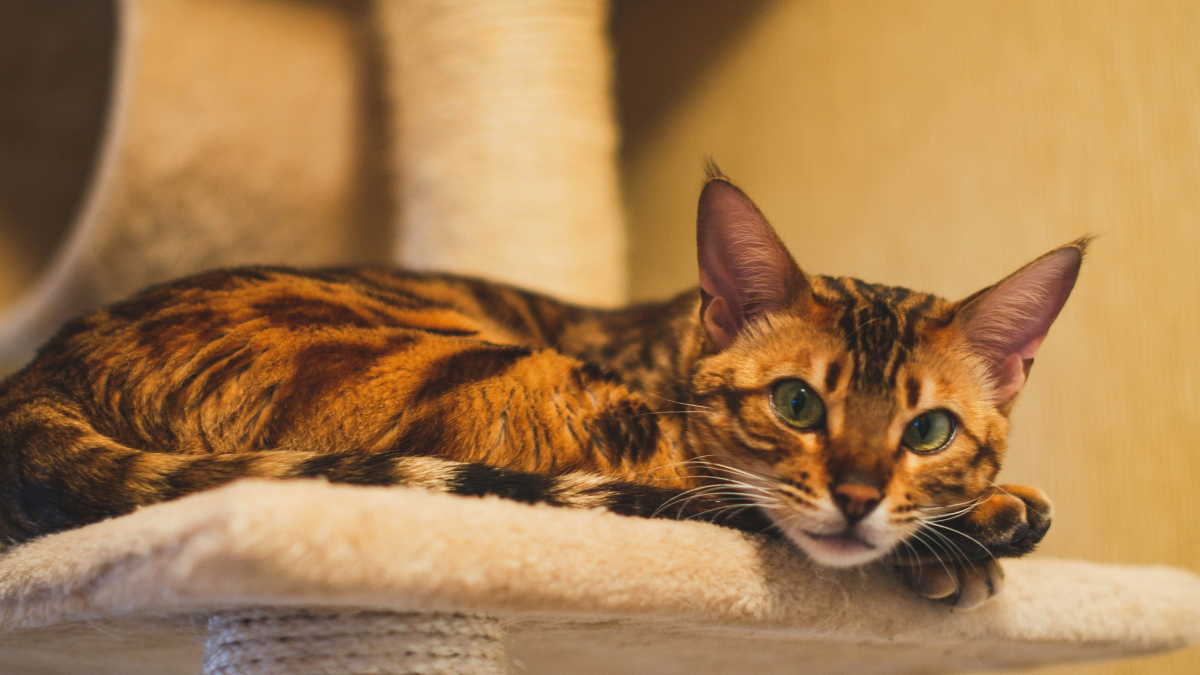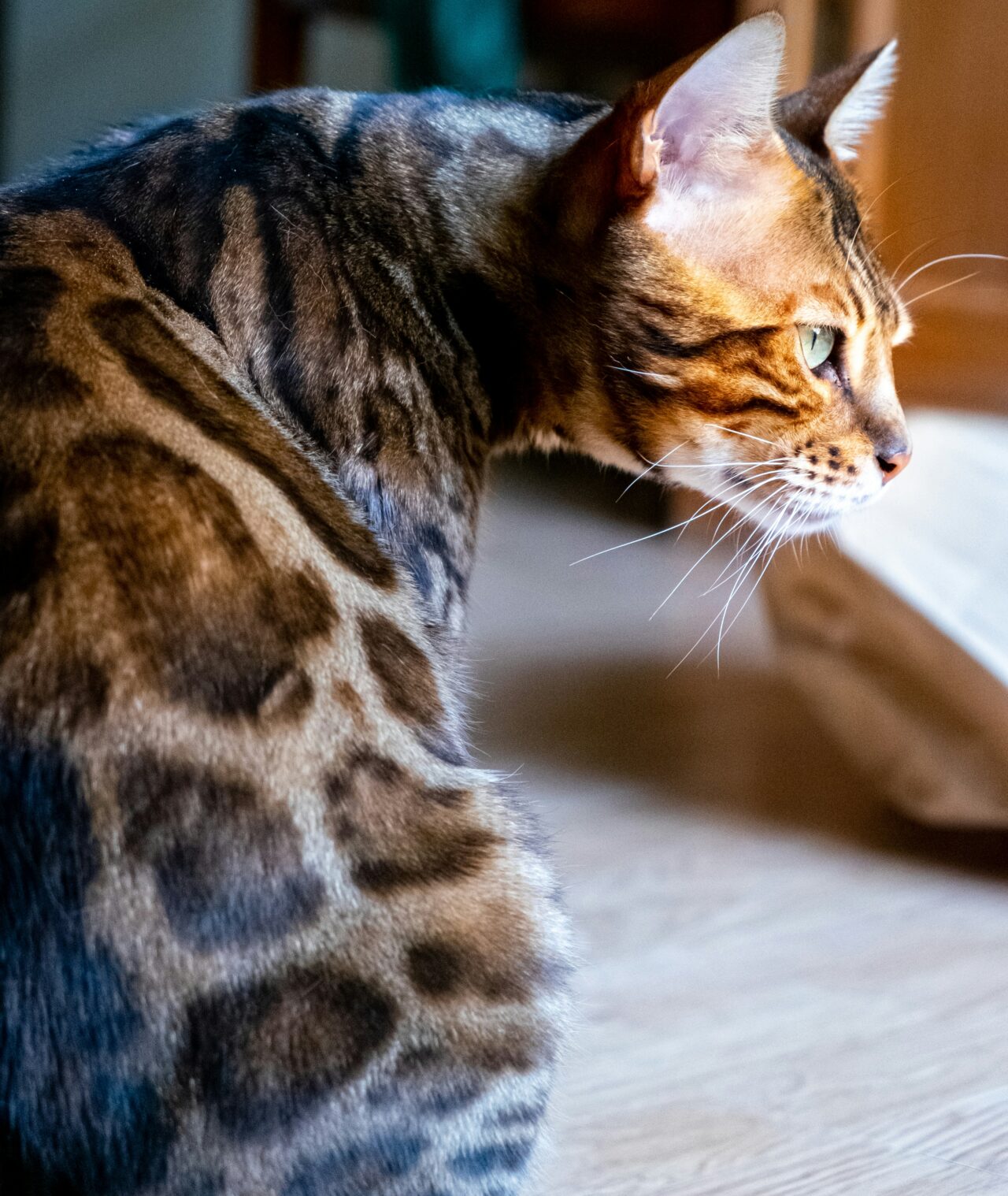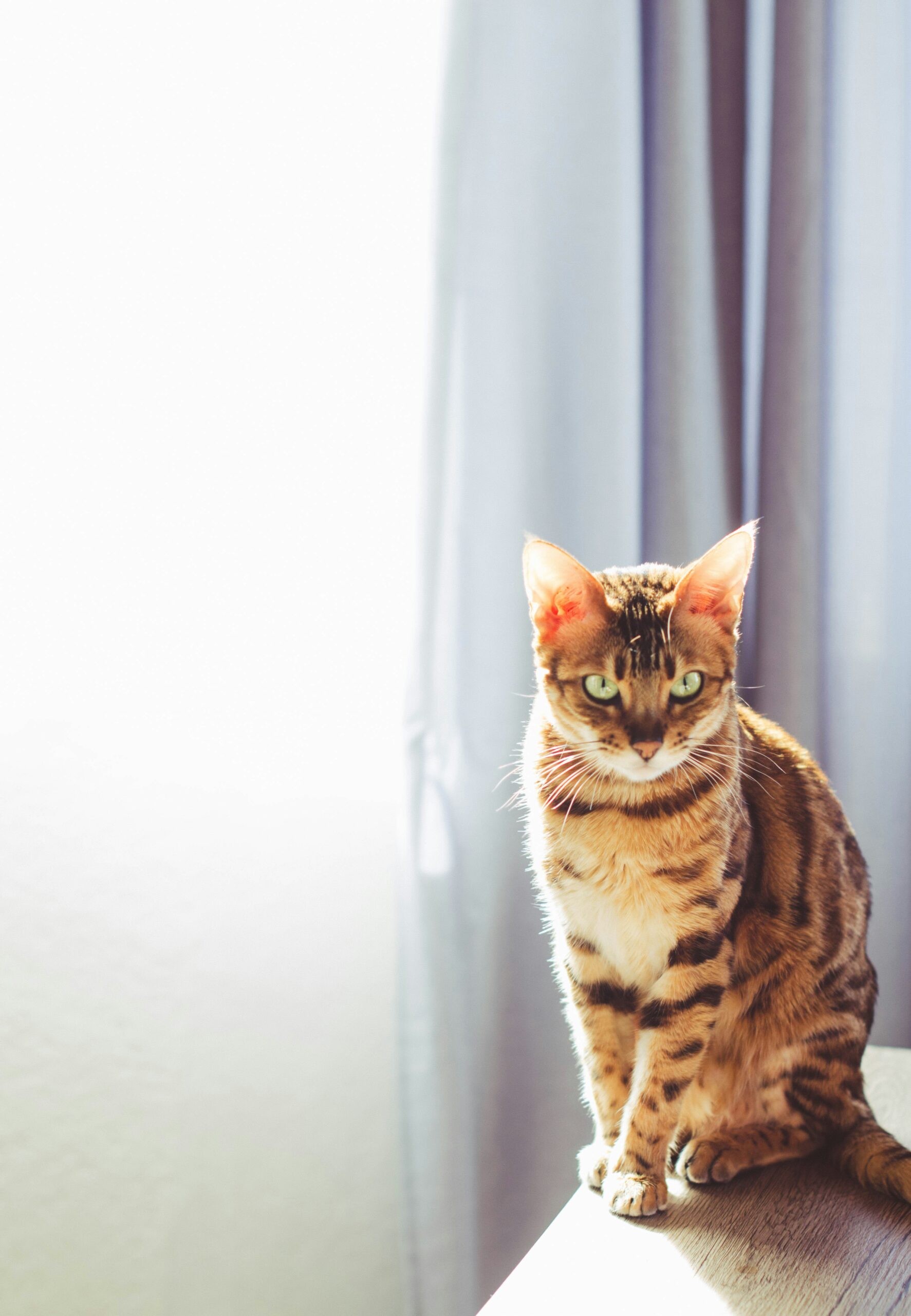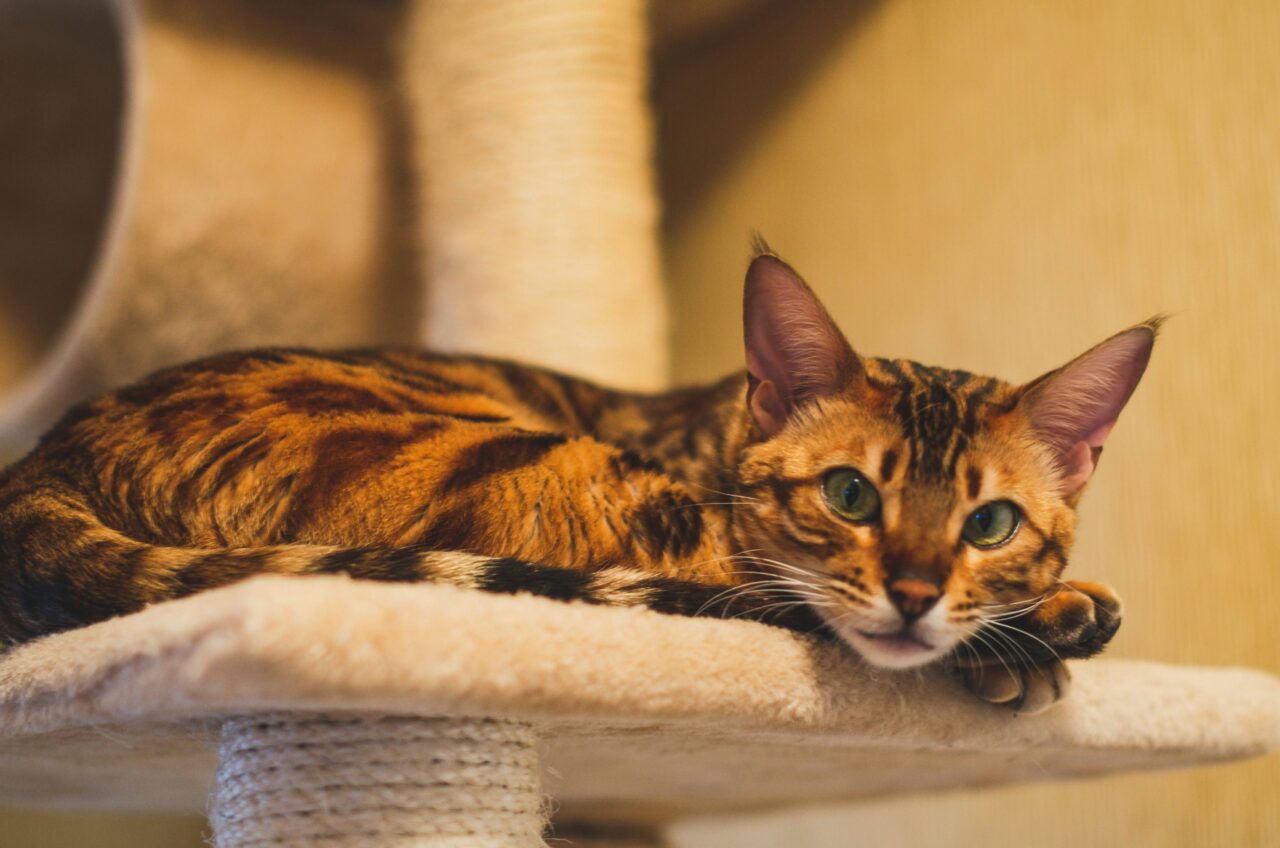📖 Table of Content:
Bengal cats are renowned for their striking, leopard-like coats and captivating presence. Among their many unique features, some Bengals possess a mesmerizing “glitter” effect—a shimmering quality that makes their fur sparkle in the light. Recent scientific research has unveiled the genetic underpinnings of this dazzling trait, offering fascinating insights into the breed’s origins and characteristics.
The Genesis of the Bengal Breed
The Bengal cat is a relatively recent addition to the feline world. In the 1960s, breeders began crossing domestic cats (Felis catus) with the wild Asian leopard cat (Prionailurus bengalensis), aiming to combine the domestic cat’s temperament with the exotic appearance of its wild counterpart. This deliberate hybridization sought to produce a cat that boasted the striking patterns of wild felines while remaining a suitable household companion. By 1986, The International Cat Association (TICA) officially recognized the Bengal as a distinct breed.
Unraveling the Glitter Phenomenon
Among the Bengal’s distinctive traits, the “glitter” effect stands out as particularly enchanting. This phenomenon gives the cat’s coat an iridescent sheen, making it appear as though the fur is dusted with gold or silver. To understand the genetic basis of this trait, scientists from the HudsonAlpha Institute for Biotechnology and Stanford University conducted an extensive study, analyzing nearly 1,000 Bengal cat genomes over 15 years.
Their research pinpointed a mutation in the Fibroblast Growth Factor Receptor 2 (Fgfr2) gene as the source of the glitter effect. Contrary to what one might assume, this mutation originates from domestic cats, not the wild Asian leopard ancestors. The Fgfr2 gene plays a crucial role in embryonic development and organ formation. While a complete loss of Fgfr2 function is lethal, a moderate reduction in its activity leads to the desirable glittering coat seen in many Bengals.
The Domestic Influence on Bengal Coats
The study’s findings challenge the common belief that the Bengal’s exotic appearance is primarily due to its wild ancestry. In reality, the unique coat patterns and the glitter effect are largely attributed to genetic variations already present in domestic cats. The deliberate selection and breeding practices over the past few decades have amplified these traits, showcasing the power of artificial selection in shaping the breed’s aesthetic qualities.
The Charcoal Variant and Genetic Interplay
Another intriguing aspect of Bengal genetics is the “charcoal” coat variation, characterized by a darker, more muted pattern. This trait results from a complex interplay between domestic and Asian leopard cat genes. Specifically, a gene known as Agouti Signaling Protein (Asip) from the leopard cat interacts with domestic cat genes, leading to the charcoal appearance. This phenomenon exemplifies genomic incompatibility, where genes from different species interact in unexpected ways, producing novel traits.
Ethical Considerations in Bengal Breeding
The allure of the Bengal’s exotic appearance has led to a surge in their popularity and, consequently, their market value. Some Bengals can command prices ranging from several hundred to several thousand dollars. This high demand has raised concerns about unethical breeding practices and exploitation. Prospective owners should be vigilant, ensuring they acquire cats from reputable breeders who prioritize the health and well-being of the animals. Additionally, due to their hybrid origins, Bengals have specific legal restrictions in certain regions. For instance, in New York City, Bengals must be at least five generations removed from their wild ancestors to be legally owned.
The Bengal’s Unique Temperament
Beyond their physical beauty, Bengals are known for their distinctive personalities. They are highly active, intelligent, and playful cats, often displaying dog-like behaviors such as fetching and a fascination with water. This high energy level means they require ample stimulation and engagement, making them best suited for owners who can meet their interactive needs. Their spirited nature, combined with their striking appearance, makes Bengals a unique addition to the feline world.
Conclusion
The Bengal cat epitomizes the intricate dance between nature and nurture, wild ancestry and domestic breeding. The discovery of the Fgfr2 gene’s role in producing the glitter effect underscores the complexity and wonder of feline genetics. As we continue to explore and understand these genetic intricacies, the Bengal remains a testament to human curiosity and the enduring allure of the wild, captured in the form of a domestic companion



